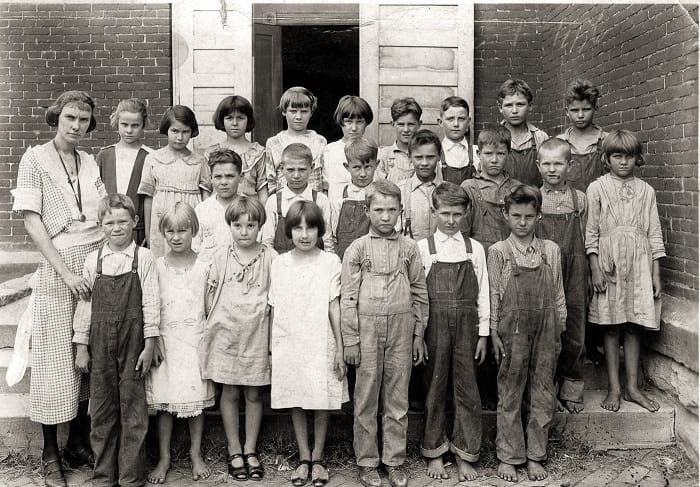Child Labor in the USA (1890-1920) essay
The child labor became one of the most challenging problems in the US by the late 19th – early 20th century. The wide employment of children in the US was driven by the rapid industrialization but the employment of children in the industrial production had a negative impact on their health and deteriorated the public health in the US. The need of the child labor reform became obvious. Therefore, the child labor was widely-applied in the late 19th century but steadily the child labor reform emerged to put the end to unbearable conditions of work of children in American factories and other companies.
The child labor was a common practice in the late 19th century in the US. The major drivers of the wide use of the child labor in the US were the low costs of the child labor force and wide introduction of machinery that decreased the role of the physical power of employees. The low costs of the child labor became attractive for employers, who wanted to save costs of the labor force and started to employ women and children to replace male workers (What Kinds of Work Did People Do in Industrial America). In addition, the introduction of machinery and new equipment allowed replacing the male labor by child labor because the physical force of men was not needed anymore (What Kinds of Work Did People Do in Industrial America). Instead, children could perform the same job. Hence, being as productive and less costly then male employees, child workers became more attractive for employers.
At the same time, the child labor was still different from the labor of male workers. To put it more precisely, children still could not perform as much work as male workers did. Nevertheless, children wages were so low that the employment of the larger number of children was still cheaper for employers than the employment of a larger number of male workers.
On the other hand, the employment of children raised the problem of unbearable conditions of work of children were unbearable. Employers were unaware and just indifferent to conditions of work of children because, if some children left their workplace or died, they could easily employ others because of the high supply of the labor force in the labor market. In such a way, employers did not care about conditions of work of children because they did not affect the productivity of their work and financial performance of factories and other companies employing children. In addition, there was no legislation that regulated the child labor or imposed some liabilities on employers concerning safety or conditions of work for children.
However, conditions of work for adult, male employees did not match children’s physiological and psychological needs (Perera, 2014, 1863). Children could not afford working in the same conditions as adult male employees did because they were in the course of their physical development and the work in factories and other companies was exhausting and extremely stressful. As a result, children suffered from the negative impact on their physical health and psychological development. Conditions of work were unbearable for children that resulted in the development of chronic illnesses and considerable health problems in children. In this regard, the mortality rate among children and younger population had started to grow consistently along with the progress of industrialization and the growing number of children employees working in the US industrial production. For example, the mortality rate among children under the age of 5 had reached 52% level.
The drastic deterioration of the health and longevity among children in the US raised the public concern about the negative impact of employees’ employment in the industrial production of the US. In response to unbearable conditions of work and related health issues, including the high mortality rate among children, the public and policy makers had started to develop the child labor reform in the early progressive era, in the late 19th century – early 20th century. The reform aimed at the reduction or even total ban of the child labor to secure children and maintain their normal development. In fact, the public opposed to the wide employment of children and the public negative attitude to the child labor was widely-supported by the government and legislators because the child labor had a negative impact on the public health. The deterioration of the public health had a negative impact on the economic development of the US. Therefore, the US society and policy makers came to the point, when the child labor reform became inevitable and first steps toward the ban of the child labor were finally undertaken and eventually put the end to the child labor in the US.
Thus, the child labor was damaging for children and society. The US could not afford the child labor because it undermined the economic and social development of the US. The negative impact of the industrial production on children’s health made the child labor reform essential for the US.
Do you like this essay?
Our writers can write a paper like this for you!





 (5 votes, average: 3.40 out of 5)
(5 votes, average: 3.40 out of 5)